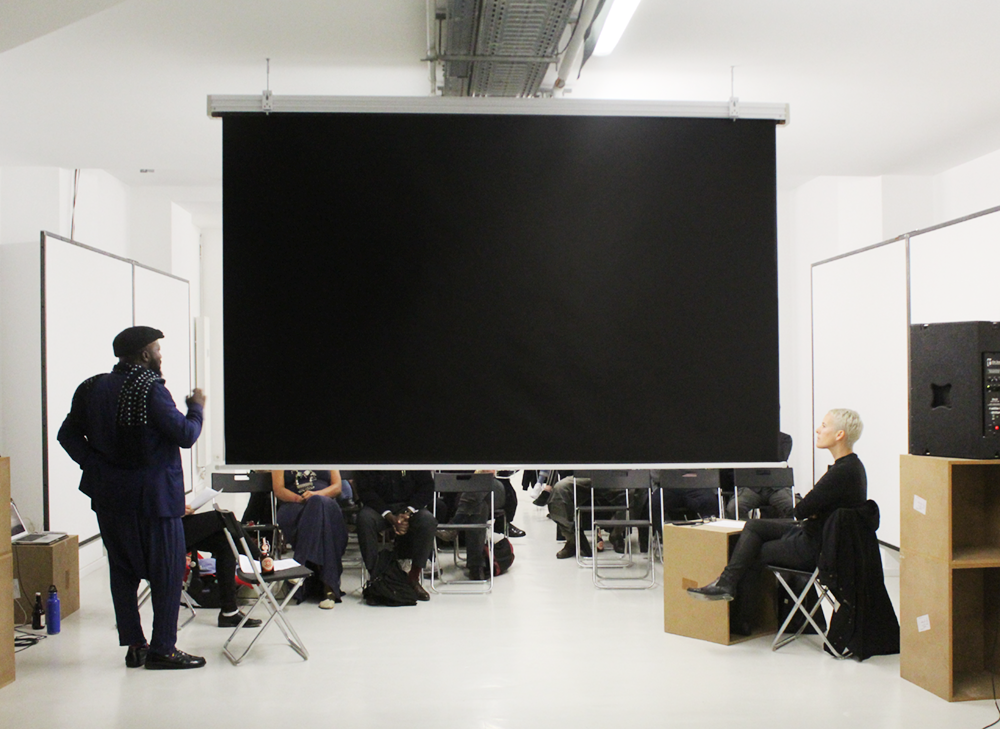Punishment Park
How does the world breathe now?
Session N°14 25.01.2017 19:00
With Jasmina Metwaly
film Punishment Park 1971 88 minutes
by Peter Watkins
Language English
The policeman isn’t there to create disorder, the policeman is there to preserve disorder.
In 1968, Peter Watkins is in Sweden working on The Gladiators (1969) and Richard Nixon becomes the president of the United States. The same year the North Vietnamese army launches Tet Offensive sending over 500,000 soldiers to Vietnam. A year later the Chicago Trial opens and Bobby Seale from the Black Panthers is separated from the rest of the defendants. Watkins moves with his family to America to produce a trilogy on the American Wars and on the Colonization of the Native Americans which he never finishes. In the same period he comes across the Mc Carran Act that allows for “the setting up of places of detention (in effect concentration camps) for those accused by the government of subversion, or of even considering subversion” (Peter Watkins Self-Interview on Punishment Park, 2005). In May 1970, the National Guard opens fire on a student demonstration at Kent University in Ohio killing four protesters.
In the fall of the same year, Watkins shoots Punishment Park (1971). He chooses the Californian Mojave Desert as a location, where he builds a tent that acts as a courtroom for a group of dissidents judged by a civilian tribunal. Prisoners are given two options: spending a lengthy time in prison or running through the desert towards an American flag located 53 miles away. They get a 2 hour-start after which armed soldiers follow the group into the desert. The plot of the film constantly shifts between two locations: the testimonies given by protesters in the tent, violently confronted by the temporary panel of judges and the run across Punishment Park, brutally dispersed by the military. Like in Kent University, or inside the Chicago Trial, violence escalates leading to a “real” confrontation between the actors; the “tribunals members” and the “activists”, “armed forces” and “prisoners”. In real life none of the sides had met before; there were no rehearsals. Actors/non-actors were given a script beforehand to work with, but the on-set experience and the verbal confrontation between them led to a more spontaneous performance.
In a self-lead interview, Peter Watkins speaks about “psychodrama” in Punishment Park, in which he came “to realize that allowing the actors– including the conservative members of the tribunal – spontaneity and freedom of expression, would not only strengthen the film, it would act as a practical demonstration of my critique against the traditional methods of the mass audiovisual media, with their rigid adherence to tightly controlled narrative structures, dialogue, and editing patterns.” (Peter Watkins Self-Interview on Punishment Park, 2005). It is within this improvised space of a tent, where the microcosms of violence manifest themselves yet again, where polarized fictions become “truths” and the “truths” become fictionalized.
Jasmina Metwaly, born to an Egyptian father and a Polish mother, is a Cairo-based artist and filmmaker, and member of the Mosireen collective. She works in video and film, and has recently started drawing again. She likes to work with people and their histories, texts, archives, images, scripts and drawings. She is interested in how stories create stories, and how they leave the space of one reality and enter another, intertwining the boundaries of both. Rooted in performance and theatre, her works focus on process-based practices that have a social function that generates tension between participants and audiences.

